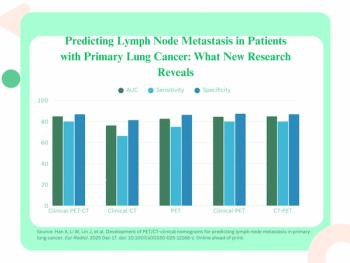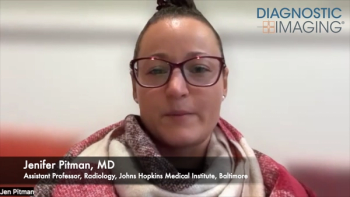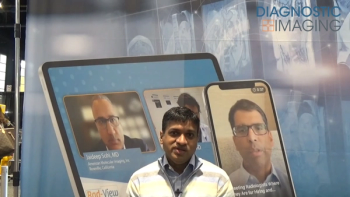
9-Point COVID-19 Prep Plan, Breast MRI, COVID-19 Lung Injury, and the Pandemic's Community Imaging Impact
Diagnostic Imaging's Weekly Scan; July 10, 2020
Welcome to Diagnostic Imaging’s Weekly Scan. I’m senior editor, Whitney Palmer, bringing you some of the most popular radiology news of the week.
As we enter the fourth full month of the COVID-19 pandemic, radiology practices, in many ways, are still trying to find the best workflow plans that will allow for quick, accurate, and standardized diagnostics. Although each practice must find the strategy that works best for them, radiologists from a 48-center network in Moscow shared the facets of a pre-existing plan that has given way to better workload management and better COVID-19 outcomes. Specifically, they laid out nine steps: infrastructure preparation, including digital equipment and uniform resource identifiers operation, quality training of radiologists and X-ray technologists, the development of methodological materials and diagnostic protocols based on international experience, fast learning through distance education, new protocol integration into the RIS, regular discussion of complicated cases either online or at conferences, using a special dashboard to monitor performance, using a remote study reporting system, and implementing AI algorithms. They also divide their radiology departments into green and red zones. Radiologists who read reports with no face-to-face contact with patients remain in the clean green zone. Radiographers, medical volunteers who greet and escort patients, and workers who disinfect the equipment remain in the red zone. Through this system, the radiologists said, images of a patient with suspected COVID-19 infection can be captured, analyzed, and reported within 20 minutes, giving clinicians the ability to isolate the patient quickly, if needed.
Radiology investigators also revealed some important findings about breast imaging this week. In the
In addition, radiologists from Massachusetts General Hospital published a study this week in the
New findings about the impact of COVID-19 on the body continue to roll in. This time, a study, published in
And, lastly, Diagnostic Imaging spoke this week with Dr. Richard Duszak, professor and vice chair for health policy and practice in the radiology and imaging sciences department at Emory University, and Dr. Danny Hughes, executive director and senior research fellow at the Harvey L. Neiman Health Policy Institute, about their research published this week in the Journal of the American College of Radiology that examined the decline on non-invasive diagnostic imaging completed in community practices during the pandemic. They discussed some of the specific findings of the work, as well as the implications the results could have on workflow and financial planning as the pandemic continues. Here’s what they shared.
Newsletter
Stay at the forefront of radiology with the Diagnostic Imaging newsletter, delivering the latest news, clinical insights, and imaging advancements for today’s radiologists.



























